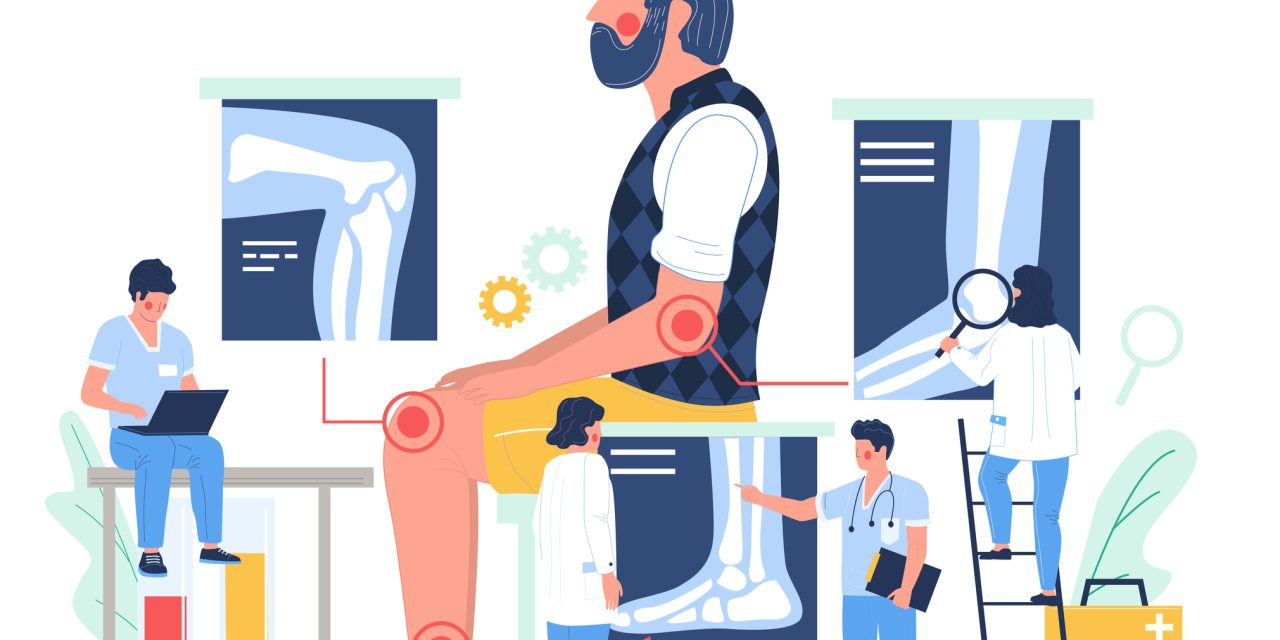TGF-β1/Smad3 pathway promotes the pathological progression of subchondral bone in osteoarthritis (OA). The aim of this study was to determine the effect of low intensity pulsed ultrasound (LIPUS) on the pathological progression and TGF-β1/Smad3 pathway of subchondral bone in temporomandibular joint OA (TMJOA). Rabbit TMJOA model was established by type II collagenase induction. The left joint in this model was continuously stimulated with LIPUS for 3 and 6 weeks(1 MHz, 30 mW/cm ) for 20 min/day. The morphological and histological features of subchondral bone were respectively examined by Micro-CT and Safranin-O staining. The number of osteoclasts was quantitativly assessed by tartrate-resistant acid phosphatase (TRAP) staining. Immunohistochemistry and western blot analysis were conducted to evaluate the protein expression of Cathepsin K and TGF-β1/Smad3 pathway. The results indicated that LIPUS could improve the trabecular microstructure and histological characteristics of subchondral bone in rabbit TMJOA. It also suppressed abnormal subchondral bone resorption and activation of TGF-β1/Smad3 pathway, characterized by the number of osteoclasts, protein expression levels of Cathepsin K, TGF-β1, TβRII and phosphorylated Smad3 (pSmad3) were decreased. In conclusion, LIPUS promoted the quality of subchondral bone by suppressing osteoclast activity and TGF-β1/Smad3 pathway in rabbit TMJOA. This article is protected by copyright. All rights reserved.This article is protected by copyright. All rights reserved.
Low-intensity pulsed ultrasound protects subchondral bone in rabbit temporomandibular joint osteoarthritis by suppressing TGF-β1/Smad3 pathway.


